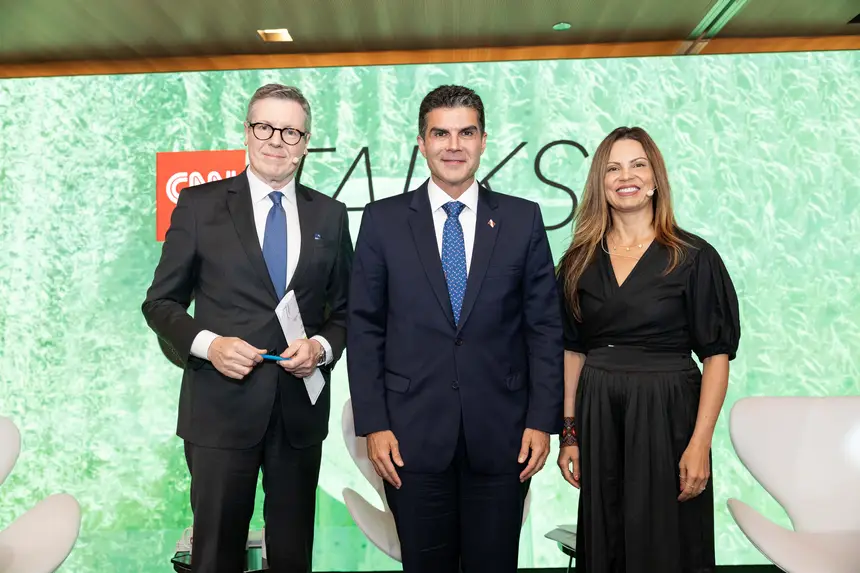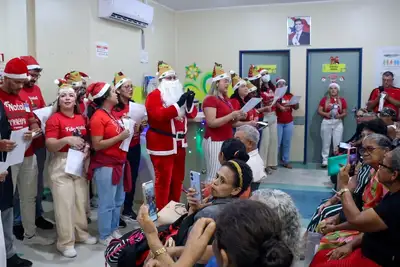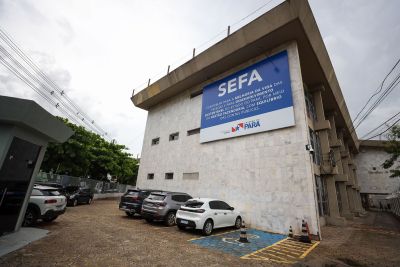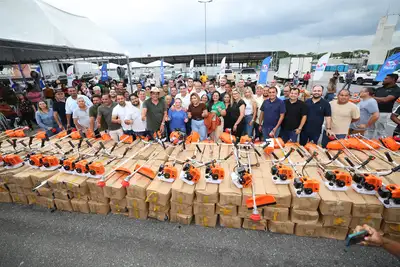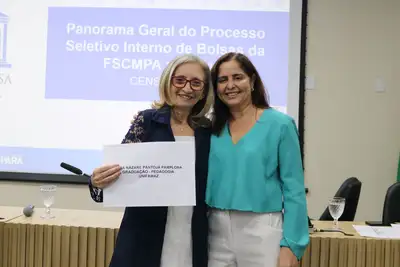Helder Barbalho presents the 'COP of Solutions' and advocates for a new economic and environmental cycle in the Amazon
With 98% of the works completed and the pioneering Bioeconomy Park in the world, inaugurated in Belém, Pará arrives at the conference as a global reference in land use and low emissions
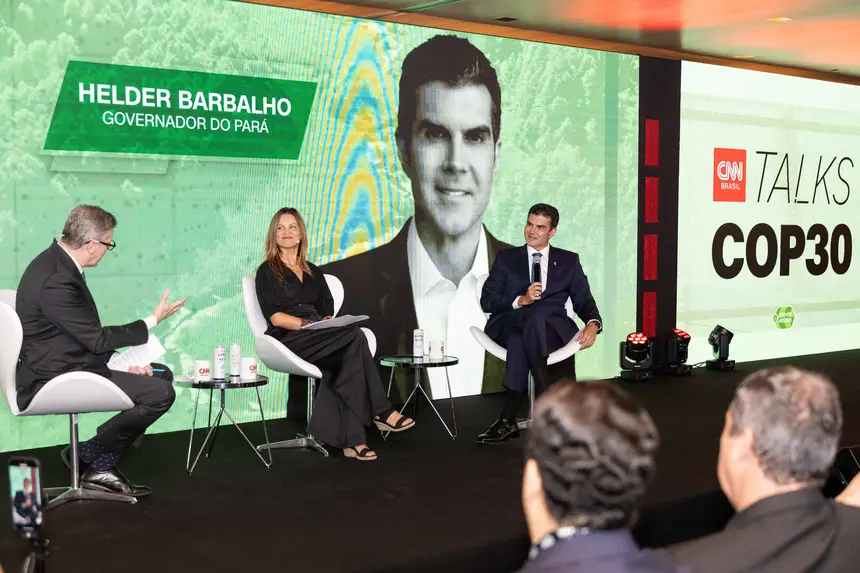
The governor of Pará, Helder Barbalho, stated during the CNN Talks COP30 in Brasília that the State arrives at the United Nations Climate Conference as a concrete example of reconciliation between economic development and environmental preservation. While presenting the progress of structural works, the strengthening of the bioeconomy, and pioneering efforts in forest restoration concessions, Helder emphasized that COP30 will be the "COP of Solutions," marked by practical and measurable results.
“In a year and a half, we executed about R$ 5 billion in investments and today we have 98% of the works ready. Belém is prepared to host the largest diplomatic event on the planet and to show that the Amazon is a symbol of solutions and not just problems,” said the governor.
Urban legacy and responsible land use
Helder highlighted that Belém's preparation for COP goes beyond physical infrastructure. It represents a new model of urban occupation and land management. Among the deliveries are the duplication of airport operations with private initiative investments, the Metropolitan BRT system, a 600-meter bridge connecting strategic areas of the capital, the largest sewage treatment station in the city's history, 13 kilometers of drained and urbanized channels, and linear parks that reorganize growth around rivers.
“We are building a development model that reconciles productivity and environmental integrity. Pará is today one of the few Brazilian states with a real carbon stock that can be transformed into a green economy and fair benefit sharing,” he stated.
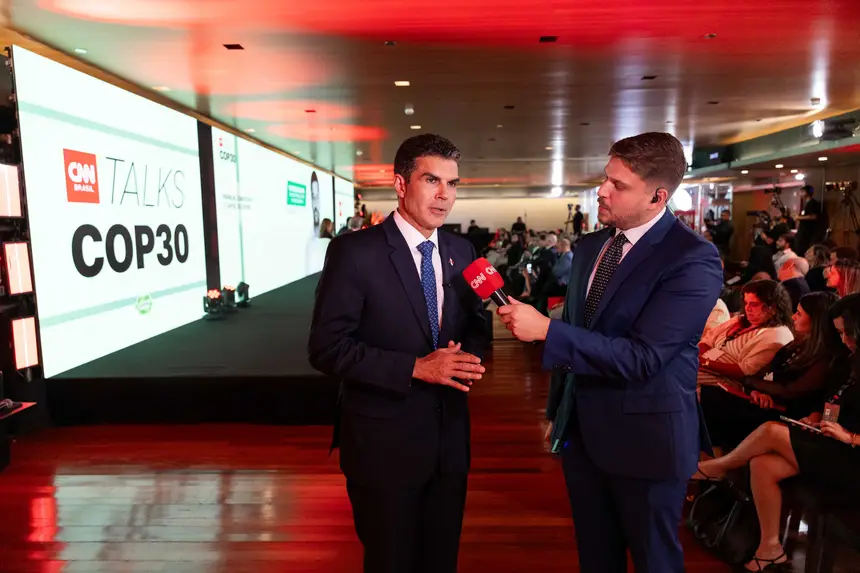
He also mentioned low-emission commodity policies, such as traceable livestock — which allows tracking the individual history of each animal — and productive intensification that prevents encroachment on forest areas. With increased productivity from one to up to three heads per hectare, the State can triple the herd without deforestation, consolidating the transition from an extractive model to a sustainable industrial-scale model.
Bioeconomy Park: the new axis of the Amazon economy
The governor also highlighted the Amazon Bioeconomy and Innovation Park, inaugurated in Belém in early October, as the only complex in the world dedicated to bioeconomy and one of the main legacies of COP30. Located in the Porto Futuro Complex, the Park brings together industrial machinery, laboratories, space for startups, and incubators focused on transforming forest inputs into biotechnology, pharmaceuticals, cosmetics, and sustainable food, forming an ecosystem of research and global impact business.
“We want to make Belém the great cluster of the new green economy — the 'Silicon Valley of biodiversity.' Instead of extraction, bioindustry; instead of degradation, restoration; and instead of dependence, innovation,” he stated.
Helder recalled that Pará was the first state in the country to implement a forest restoration concession, integrating the recovery of degraded areas with job and income generation. This new frontier of development includes chains such as cocoa and açaí, which are already transforming former deforestation areas into sustainable productive hubs.
“The living forest needs to be a source of economic value. We are transforming ancestral knowledge and technology into real assets, with governance, traceability, and scale,” he said.
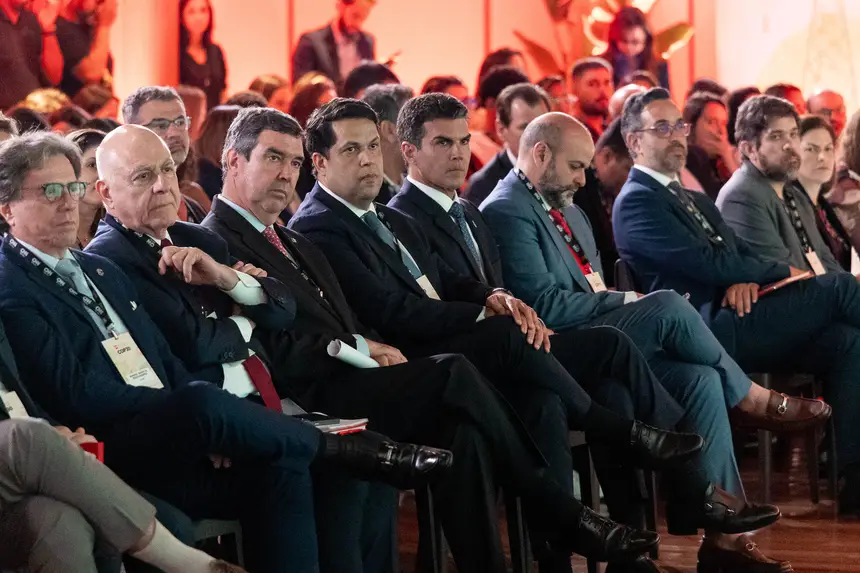
In concluding his participation, Helder Barbalho stated that COP30 will be the first climate conference held in a tropical forest, and that Pará arrives at the event with concrete results in mitigation, restoration, and productive innovation. According to him, the COP will also mark the international recognition of the Amazon as a strategic territory for the planet's climate balance.
“Pará presents to the UN an integrated model of sustainable infrastructure, intelligent land use, and a green economy based on the forest. The COP of Solutions begins in Belém, but the impact will be global,” he concluded.


